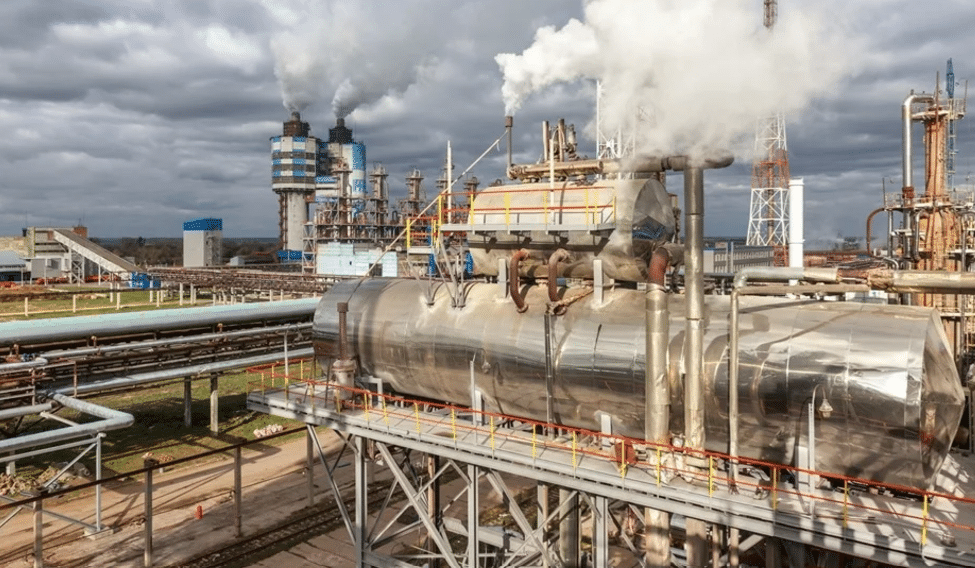With good sensitivity, selectivity, and stability, this technology addresses long-standing challenges in air quality monitoring, industrial safety, and environmental protection—promising a safer, brighter future across industries.

Researchers introduced an ammonia sensor that combines polyaniline-coated laser-induced graphene (PANI@LIG) to achieve enhanced sensitivity and selectivity. Operating at room temperature, this innovative sensor addresses persistent limitations in gas detection technology and presents significant potential for real-world applications. Gas sensors are essential in monitoring air quality, detecting hazards, and ensuring safety across various industries, such as manufacturing, agriculture, and environmental management. Laser-induced graphene (LIG) is a standout material for sensing applications due to its high surface area, porosity, and excellent electrical conductivity.
By integrating LIG with polyaniline—a highly conductive polymer—researchers have created a composite that significantly improves gas detection performance, particularly for ammonia, which remains a critical yet underexplored target in LIG-based sensors. The study demonstrated the PANI@LIG sensor’s capabilities through rigorous testing in a controlled environment. Material characterization techniques, including Raman spectroscopy, infrared spectroscopy, and X-ray photoelectron spectroscopy (XPS), were employed to analyze the composite’s structure and properties. The sensor was exposed to various ammonia concentrations ranging from 5 to 100 ppm, as well as to other gases like carbon monoxide, ethanol, and nitrogen dioxide, to evaluate its sensitivity and selectivity.
Performance metrics
Performance metrics, including response time (~18 minutes), recovery time (~51 minutes), and long-term stability, were also assessed, supporting its viability for real-time monitoring applications. The findings revealed that the PANI@LIG sensor demonstrated exceptional sensitivity, reliably detecting ammonia at concentrations as low as 5 ppm, well below regulatory short-term exposure limits. It exhibited excellent selectivity with minimal interference from other gases and consistent performance over long-term testing. While response and recovery times could be further optimized, the current metrics are suitable for many industrial applications.
This sensor holds transformative potential across multiple sectors. In industrial settings, it could quickly detect ammonia leaks, safeguarding workers and the environment. In agriculture, it offers a practical solution for monitoring ammonia levels in fertilizers and animal enclosures, helping farmers optimize their practices. Additionally, in environmental monitoring, the sensor could track air pollutants to support regulatory compliance and promote healthier communities. Its long-term stability and minimal maintenance requirements make it an attractive, cost-effective choice for industries reliant on precise gas monitoring.
Looking ahead, future research aims to refine the sensor’s design, improve response dynamics, and evaluate its effectiveness in diverse environments. The development of PANI@LIG exemplifies how advanced material composites can redefine gas sensing technology, paving the way for safer and more efficient monitoring solutions.
Reference: Santos-Ceballos J. C., Salehnia F., et al. (2024). Room-Temperature Ammonia Sensing Using Polyaniline-Coated Laser-Induced Graphene. Sensors, 24(23), 7832. DOI: 10.3390/s24237832








